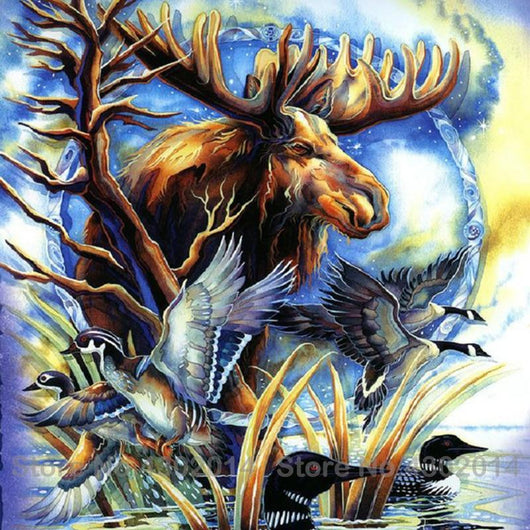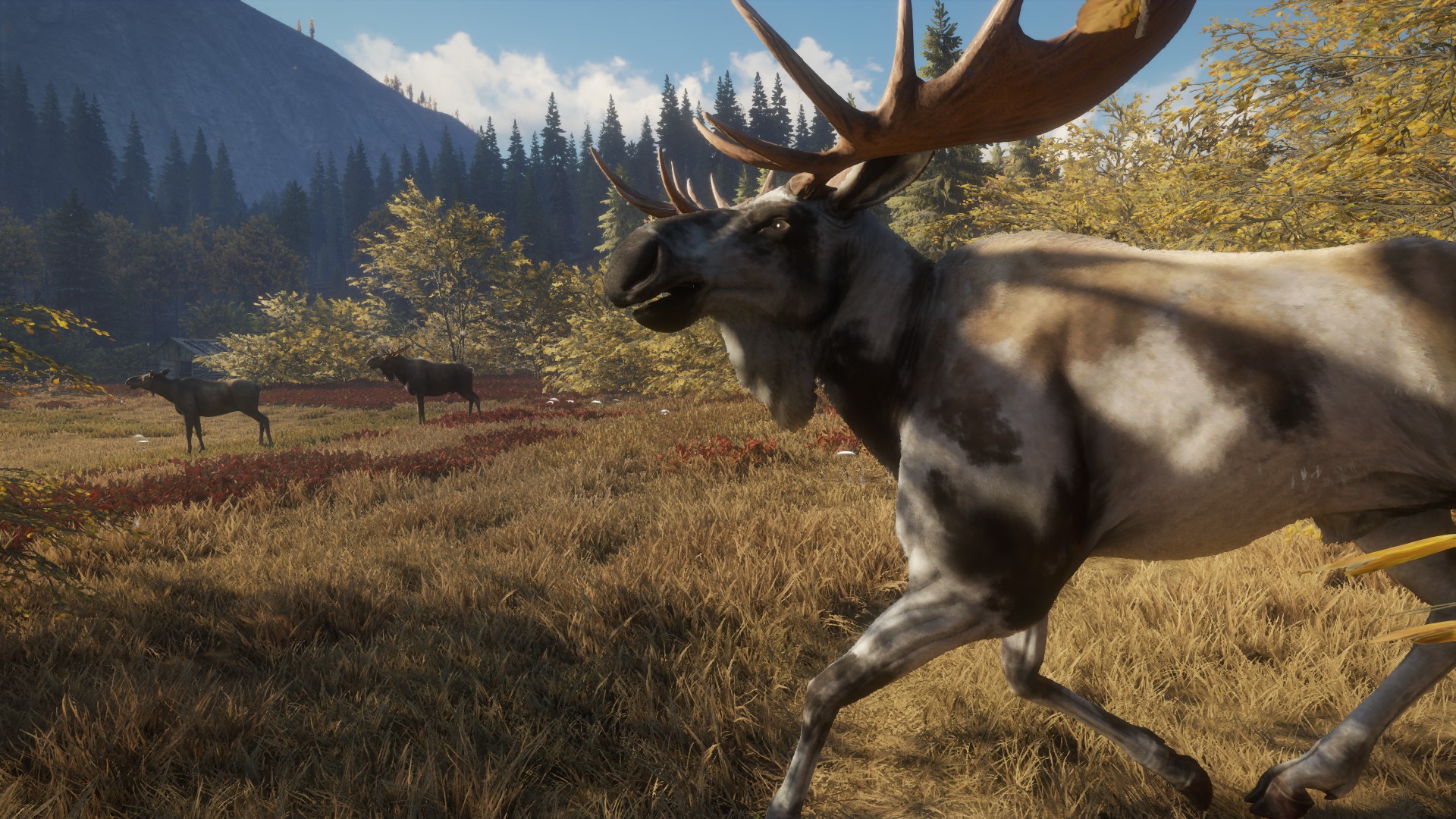
Medicine River Wildlife Centre (Spruce View) – 40.Cochrane Ecological Institute (Cochrane) – 40.Calgary Wildlife Rehabilitation Society (Calgary) – 40.Alberta Society for Injured Birds of Prey (Sherwood Park) – 78.Alberta Institute for Wildlife Conservation (Madden) – 40.Alberta Birds of Prey Centre (Coaldale) – 40.

Local wildlife rehabilitation groups may be able to help in some cases. In most cases, it is illegal to possess live wildlife. Stressed animals can become aggressive and cause injury to you and further injury to themselves.ĭo not take the animal home to attempt to nurse it to health. Animals will be stressed from the injury and will be further stressed from your attempts to intervene. The best thing is to leave the injured animal alone. Wildlife that has been injured has a better chance of survival when Mother Naturecan tend to it. If, after this time, you still do not see the mother return, call the nearest Fish and Wildlife office for advice on how to proceed in a way that's safest for you and for the animal. If you are concerned about a specific animal you think has been orphaned, monitor it from a distance for at least 24 hours. Fawns, for example, have spots for camouflage, and emit virtually no odour, so that predators are unable to detect them by sight or smell. In fact, some species have evolved to ensure that young can safely survive without their mothers for extended periods of time. Wildlife mothers will often leave their young for periods of time to search for food. If you find a fawn, gosling or other young animal that appears to be without its mother, leave it alone. Larger animals, such as deer or moose, can cause serious injury to people who approach their offspring. Wildlife mothers are very protective and will aggressively defend their young.

Even if your intention is to help, your attempts may actually harm wildlife and put yourself and others at risk.

Being handled by humans is extremely stressful for wildlife.


 0 kommentar(er)
0 kommentar(er)
